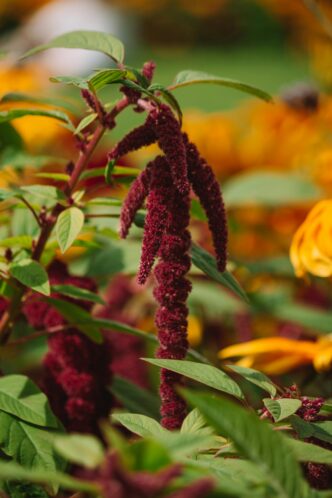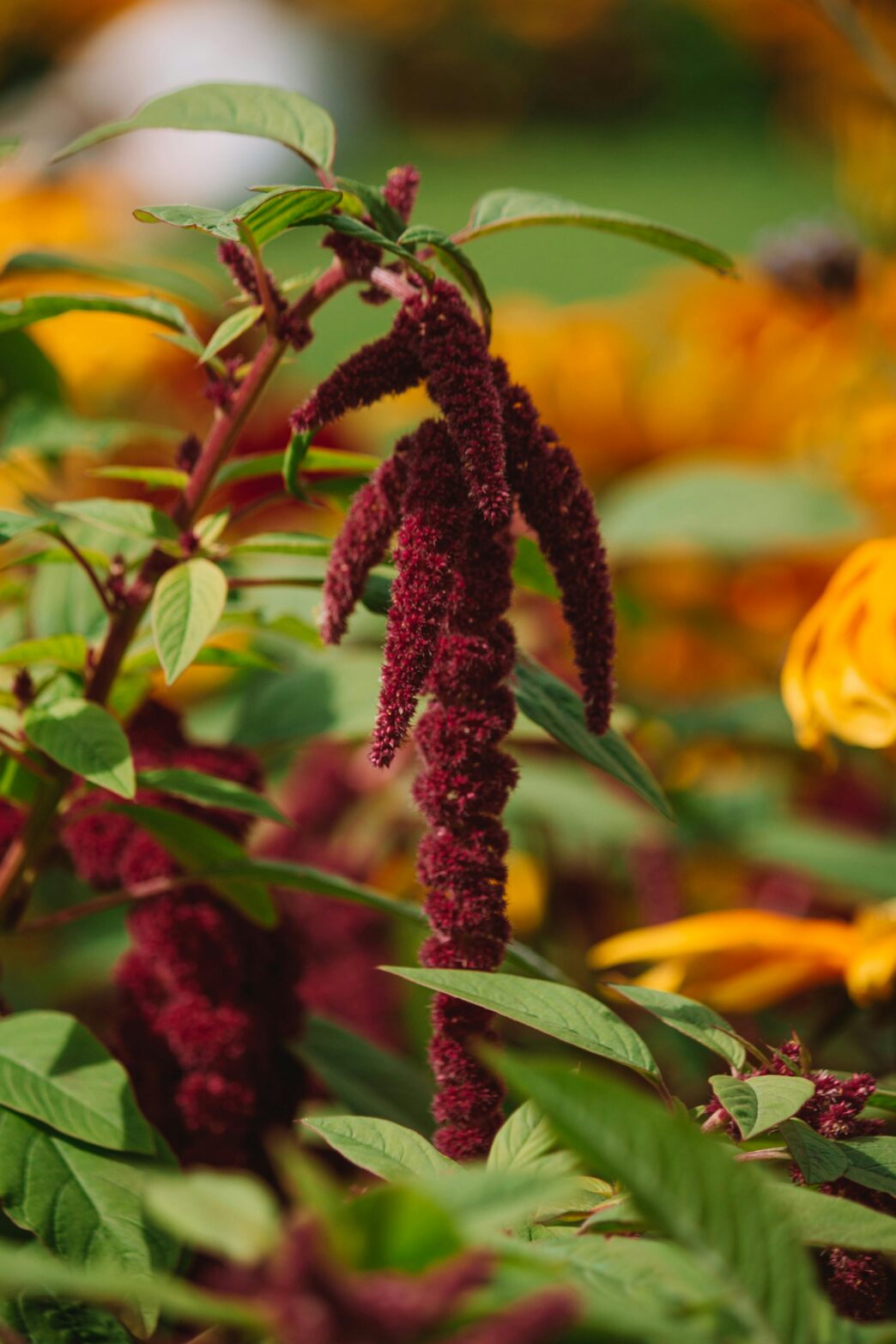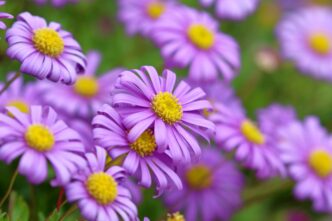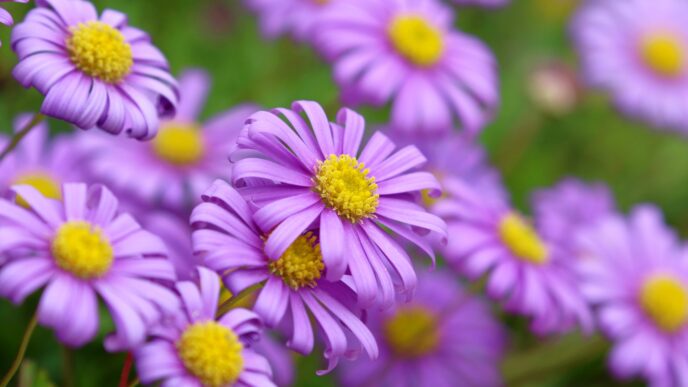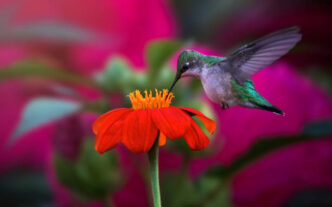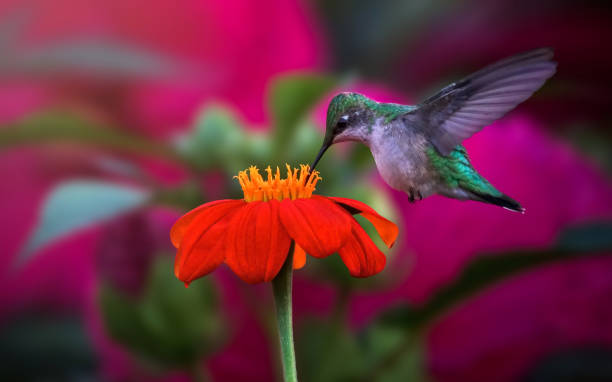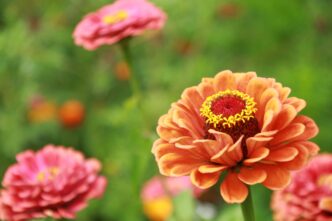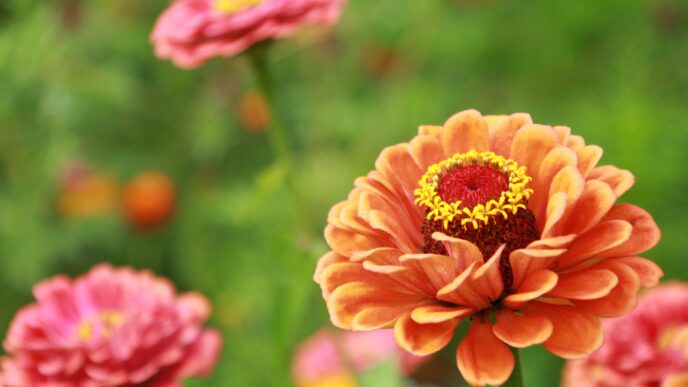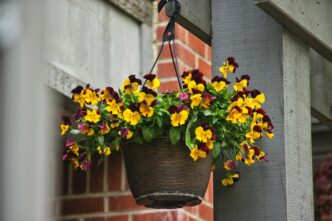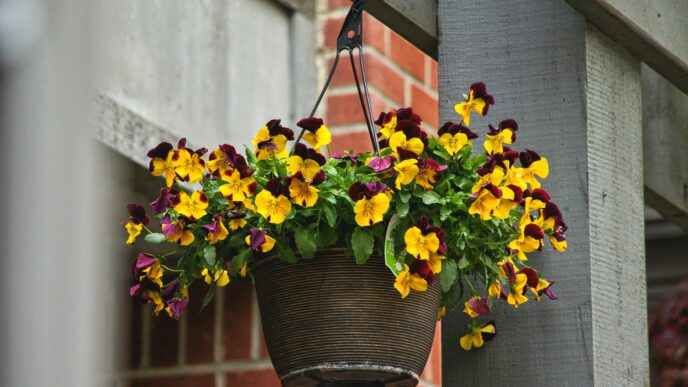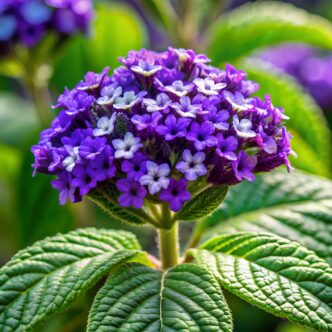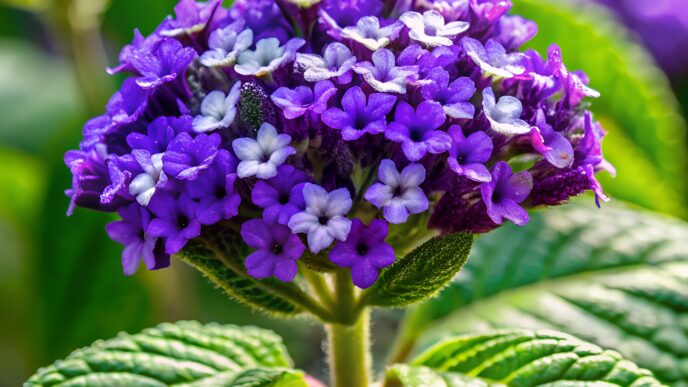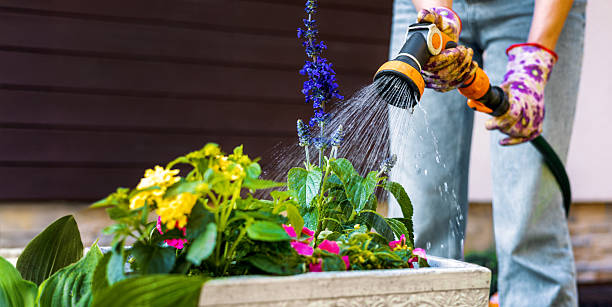Amaranthus, commonly known as Love-Lies-Bleeding, is a bold and dramatic flower that instantly captures attention in the garden. With its long, cascading tassels of crimson red (and sometimes green or gold), this plant brings a touch of the exotic to beds, borders, and containers. Native to tropical regions, Amaranthus thrives in warm weather and is surprisingly easy to grow, making it a favorite for gardeners who want an eye-catching display with minimal effort.
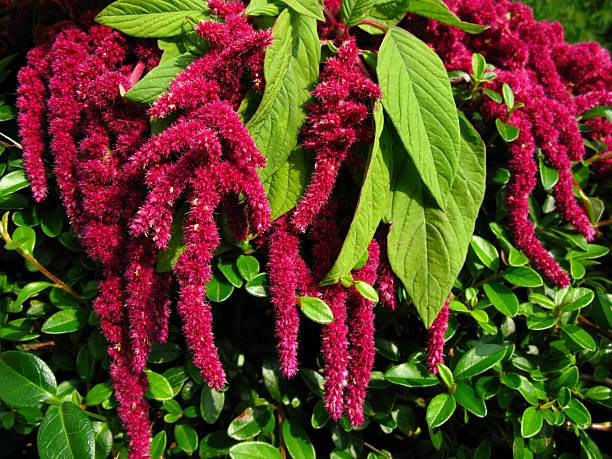
Why Grow Amaranthus?
- Unique appearance: Long, drooping tassels create a striking focal point.
- Easy to grow: Tolerates heat, drought, and poor soil.
- Variety: Comes in shades of red, green, purple, and gold.
- Pollinator-friendly: Attracts beneficial insects and birds.
- Cut & dried flowers: Perfect for bouquets and floral arrangements.
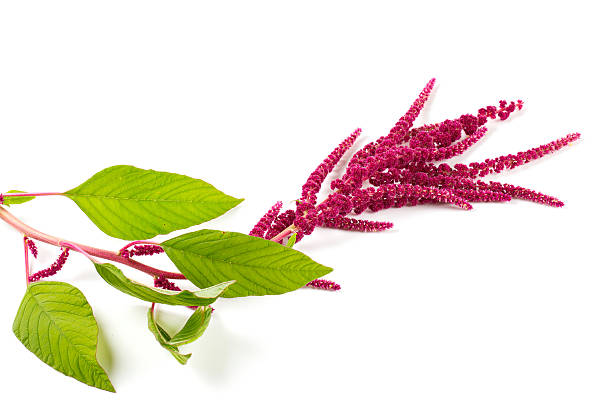
Planting Amaranthus
When to Plant
- Sow seeds directly outdoors after the last frost when soil is warm.
- For earlier blooms, start seeds indoors 6–8 weeks before transplanting.
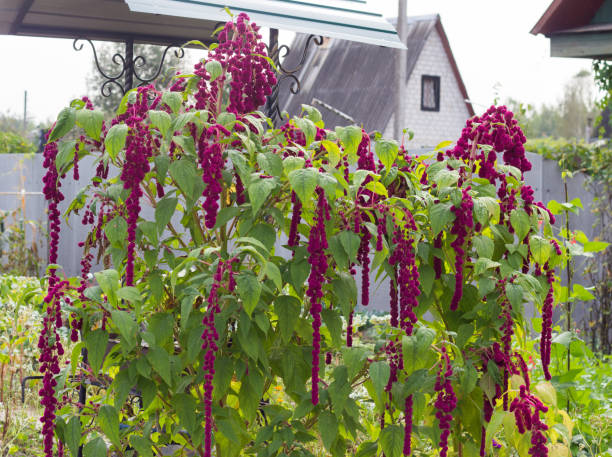
Soil & Location
- Prefers well-drained soil but adapts to poor soils.
- Full sun is essential for healthy growth and vibrant color.
Spacing
- Space plants 12–18 inches apart to allow room for large, arching tassels.
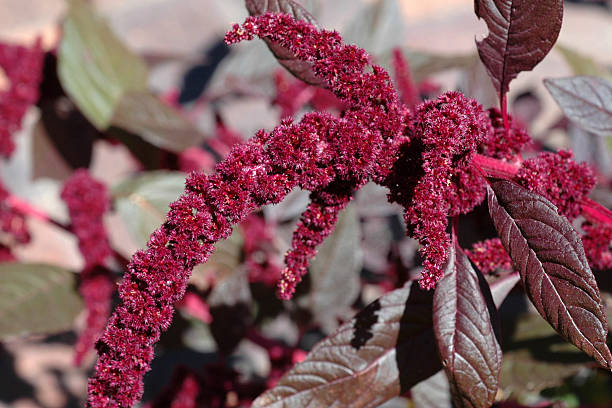
Caring for Love-Lies-Bleeding
Watering
- Moderate watering is enough—once established, Amaranthus is drought-tolerant.
- Avoid overwatering, which may cause root issues.
Fertilizer
- Doesn’t require much feeding.
- If soil is poor, apply a balanced fertilizer once or twice during the growing season.
Pruning & Maintenance
- Pinch young plants to encourage branching.
- Remove spent flowers to keep plants looking neat.
Pests & Problems
- Generally pest-resistant, though aphids may appear.
- Avoid planting in waterlogged soil to prevent root rot.
Harvesting for Bouquets & Crafts
- Cut tassels when fully developed for use in fresh or dried arrangements.
- Hang upside down in a dry, airy space to preserve for crafts.
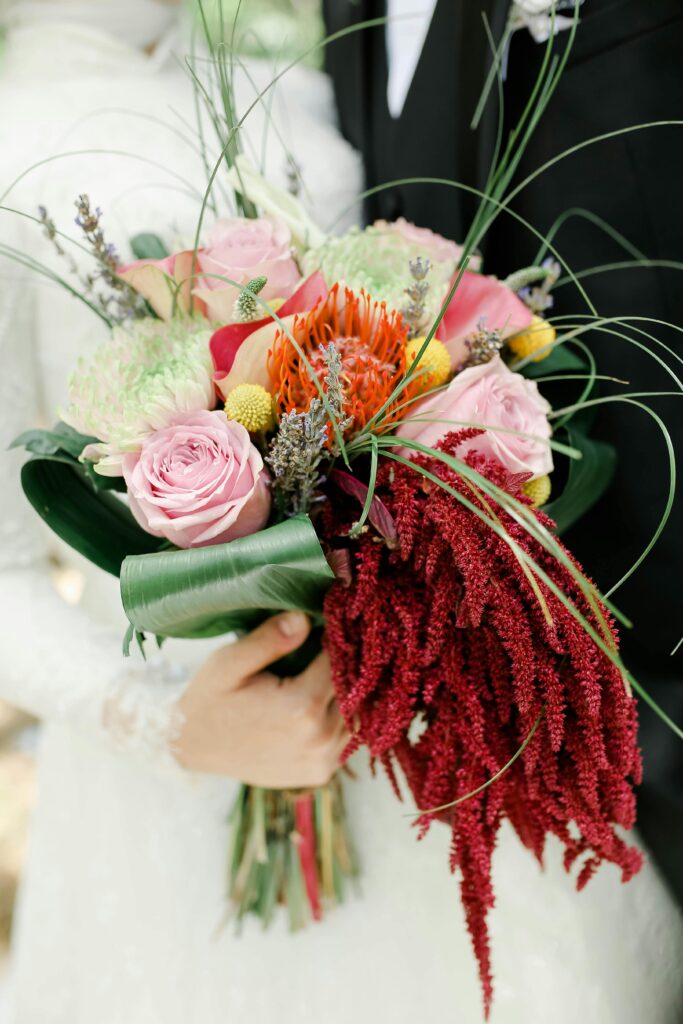
FAQs About Amaranthus
Q1: Is Amaranthus annual or perennial?
Love-Lies-Bleeding is an annual, but it self-seeds readily for the next season.
Q2: How tall does Amaranthus grow?
Most varieties grow 3–5 feet tall, with tassels that can reach over 2 feet long.
Q3: Can Amaranthus grow in pots?
Yes, but choose a large, deep container to support its size and trailing tassels.
Q4: Does Amaranthus attract wildlife?
Yes, birds are drawn to its seeds, and pollinators love its blooms.
